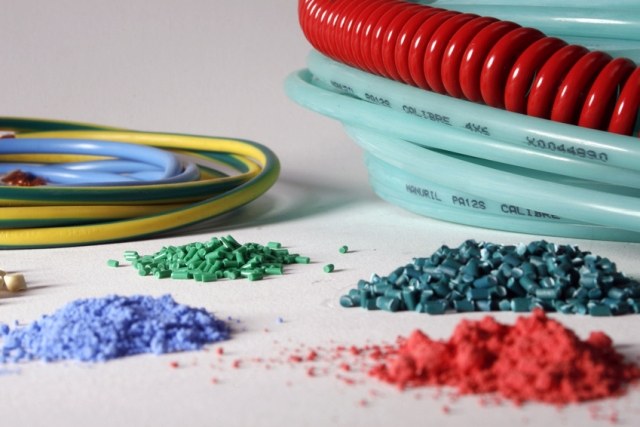What kind of fiber nylon
What kind of fiber nylon
Kapron - rather strong and elasticsynthetic fiber. This substance is synthesized from hydrocarbons. Kapron fiber is widely used today for the manufacture of industrial and household goods. In other countries, capron is known as polycaprolactam, perlon and nylon-6.

History of Capron
The polymer was first developed in the early 30'sGerman chemist Paul Schlack (Paul Schlack) from the firm IG Farben. Since 1926 Schlak headed the Berlin laboratory Aceta, the structural division of the company. In general, the laboratory was engaged in studying and improving the properties of acitel cellulose. In addition, Paul Schlak worked with polyamides, although this was not part of his direct job duties. This direction seemed to him promising. He found that fiber can be made from a viscous melt, obtained by acid hydrolysis of caprolactam. Of the new material, called nylon-6, he made several rods with a diameter of 2-3 centimeters. They proved impossible to break even with a heavy metal hammer. The management of IG Farben showed great interest in the discovery. Having properly developed patent rights so that there was no conflict with DuPont, where Nylon-66 was opened in the Wallace Carothers laboratory in 1931, IG Farben in 1939 began to produce new material under the trademark perlon. Large-scale fiber production was established in 1943 in the town of Landsberg near Berlin. After the war, a large part of the archives of IG Farben was in the Soviet Union as reparation payments. Archives, judging by everything, were cleverly disposed. Already in 1948, the country began production of capron. The word kapron is short for the word caprolactam. Application of nylon
Capron today found application in a widerange of products. It is used in instrument making, mechanical engineering and surgical medicine. Of the nylon, ropes, ropes, parachute slings, fishing nets, strings for musical instruments, bristles for toothbrushes and much more are made. They make clothes out of nylon, in particular, socks and stockings, dresses and suits, laces. Kapron fiber is very strong. It is about 10 times higher than silk, 20 times wool, 50 times viscose. True, in the wet state, the strength of capron is seriously reduced. Therefore, it should not be strongly twisted when washing. The negative property of capron, as well as other synthetic materials, is the absence of pores and holes, which does not affect hygiene in the best way. In addition, the drawbacks of this material include its ability to accumulate electric charge.








